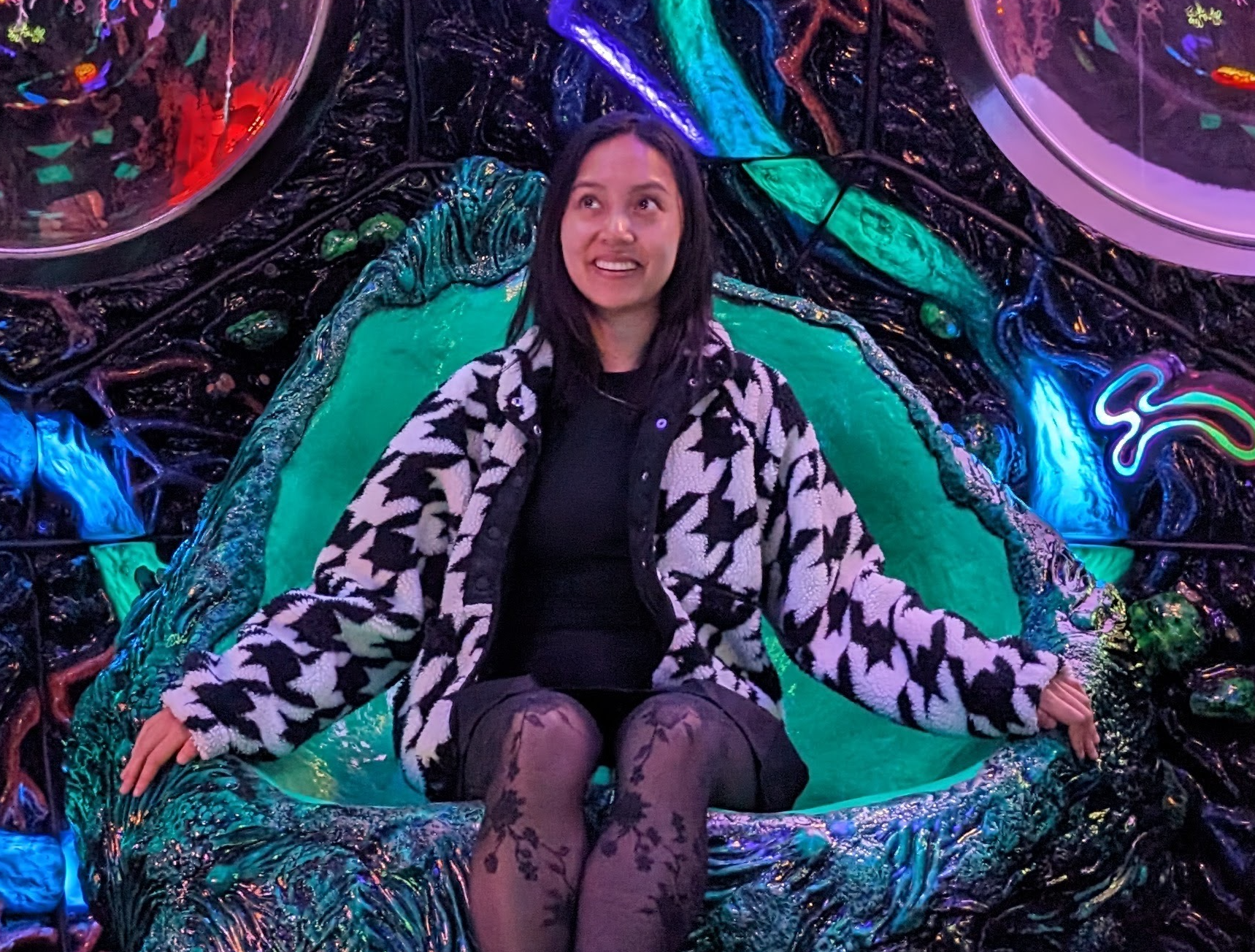Melody Hsu

Last updated Sep 2025
Examples of computational design in nature
Botanical world: Fasciation (second source here) is an example of computational design in plants gone awry. The locus of growth, the apical meristem, becomes elongated, so that additional growth originates not from a “point” but from an elongated “region.”
Zoological world: Compound eyes - eyes which consist of an aggregate of many individual, identical visual organs - are commonly found in arthropods (such as insects or crustaceans). Combining the inputs from all the individual visual organs that comprise a compound eye involves complex computational processing in the organism’s central sensory system.
Organism-built environment: The structures built by the Vogelkop bowerbird require an intuitive grasp of how normal forces work, as the structures are self-supporting. The nests exhibit a hyperboloid shape, one that also appears frequently in human-built architecture (see the examples).
Examples of computational design in the human environment
- City planning, notably the use of gridded road systems in cities such as New York and Phoenix, facilitate public transport, increase density and improve efficiency of navigation.
- Pringles are formed in the mathematical shape known as the hyperbolic paraboloid, which lends it several desirable properties: the shape can support many times its own weight, allowing the chips to be stacked one atop the other in a very dense way, increasing the amount of product per container; and its large surface area delivers more flavor to the eater.
- Spherical produce is often stacked in grocery stores in a pyramid, an example of optimal sphere packing. This arrangement maximizes used area by spheres in three dimensions.
Two examples in the world
- Shanel Wu of our very own ATLAS Institute researches how looms (already computational devices) can be used in novel ways. In her paper Loom Pedals: Retooling Jacquard Weaving for Improvisational Design Workflows, Wu introduces a novel technology to facilitate textile pattern creation. This research, aside from being interesting in its own right, interweaves (!) disparate areas where computation is used extensively but is not commonly described is such, expanding our understanding of what constitutes computation. (Disclosure: one of the authors of Loom Pedals is my labmate, and another is a former labmate’s spouse.)
- Issey Miyake is a fashion designer whose clothing is noted for its use of pleats, which increases the flexibility of garments and creates an iconic visual look. Miyake’s fusion of design and function similarly goes beyond the form/function dichotomy in an arena that typically leans into one or the other; fashion is either very technical at the expense of beauty (e.g., GORE-TEX), or impractical and primarily for visual impact (e.g., stilettos).